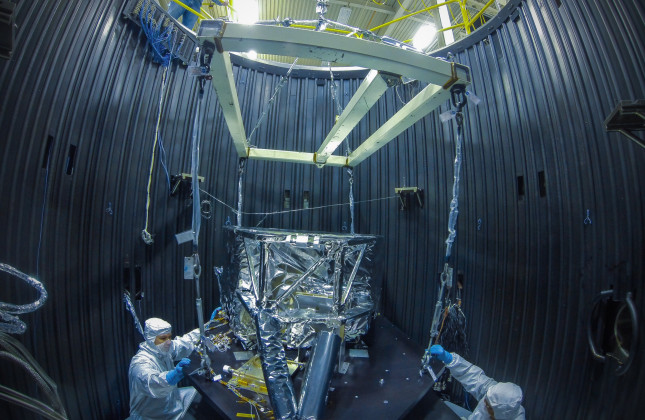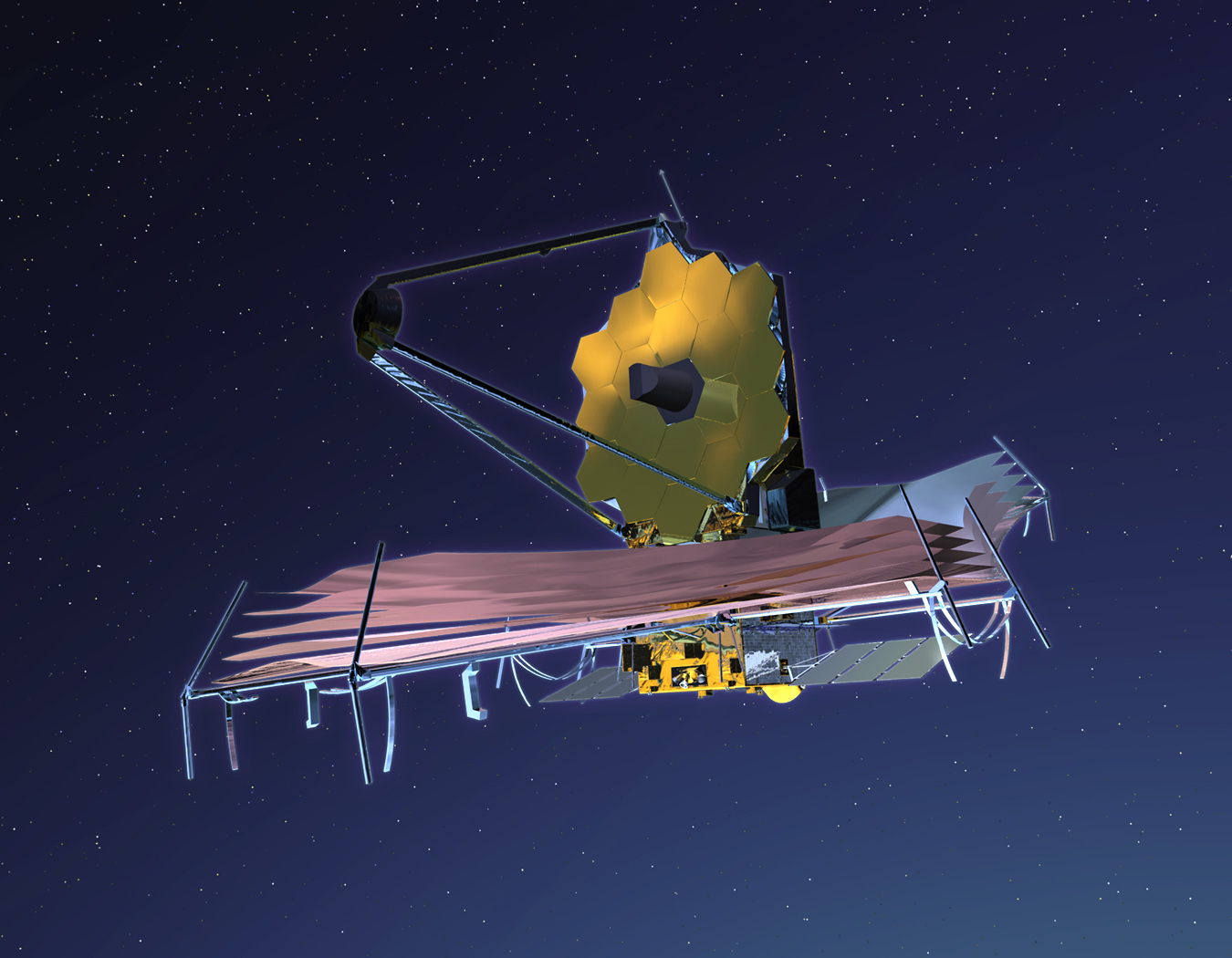‘We could not have dreamed of this’

An international team of researchers, led by Groningen PhD candidate Aditya Arabhavi, has discovered a palette of hydrocarbons in a planet-forming disk around a young, light star. The results confirm that disks around very faint young stars are very different from those around Sun-like stars. The astronomers made their observations with the James Webb space telescope and published their findings on 7 June in the journal Science.
The team examined the area around the young star ISO-ChaI-147. That star is located in the southern constellation Chameleon, about 650 light-years away. The star is a lightweight, nine times less massive than our sun. Scientists are interested in low-mass stars because more Earth-like planets appear to form them than around very massive stars. The researchers used the MIRI instrument, partly designed and built in the Netherlands, that is located on the space telescope.

Different
The astronomers found thirteen different hydrocarbons in the planet-forming disk around star ISO-ChaI-147. The largest molecule found is benzene (C6H6), which was first observed a year ago around another very bright young star. A very special discovery is that of ethane (C2H6). It is the first time that this molecule has been detected outside our solar system. ‘It's great that we now see all these molecules in the nurseries of planets,’ says first author Aditya Arabhavi. ‘We could not have dreamed of this result.’
According to Inga Kamp, professor of astronomy at the University of Groningen and co-project leader of the research into planet-forming disks, it is becoming increasingly clear that these disks around low-mass stars are quite different from those around sun-like stars. Kamp: ‘With the sun-like stars we see more oxygen-containing molecules such as water and carbon dioxide. With the light stars we see an abundance of hydrocarbons.’

Fascinating
This difference in chemical composition of the disk could affect the composition of Earth-like planets that form around low-mass stars. ‘It is fascinating to speculate that they may be very different from the planets in our solar system,’ Kamp adds.
The research took place within the MIRI mid-INfrared Disk Survey (MINDS). Astronomers from Groningen, Leiden, and Nijmegen are part of the survey team. The identification of the molecules via their spectral fingerprint was possible thanks to a collaboration with chemists. The researchers want to analyze more than fifty dust disks around young stars. It is expected that they will discover other molecules in the near future and thus gain more knowledge about the formation of rocky planets in disks around small and larger stars.
Reference: A.M. Arabhavi, I. Kamp, Th. Henning, E.F. van Dishoeck, V. Christiaens, et al: Abundant hydrocarbons in the disk around a very-low-mass star . Science, 7 June 2024.
More news
-
11 December 2025
Stormy planets and an unexpected atmosphere
-
09 December 2025
Faculty of Impact Grant for new brain cancer treatment
